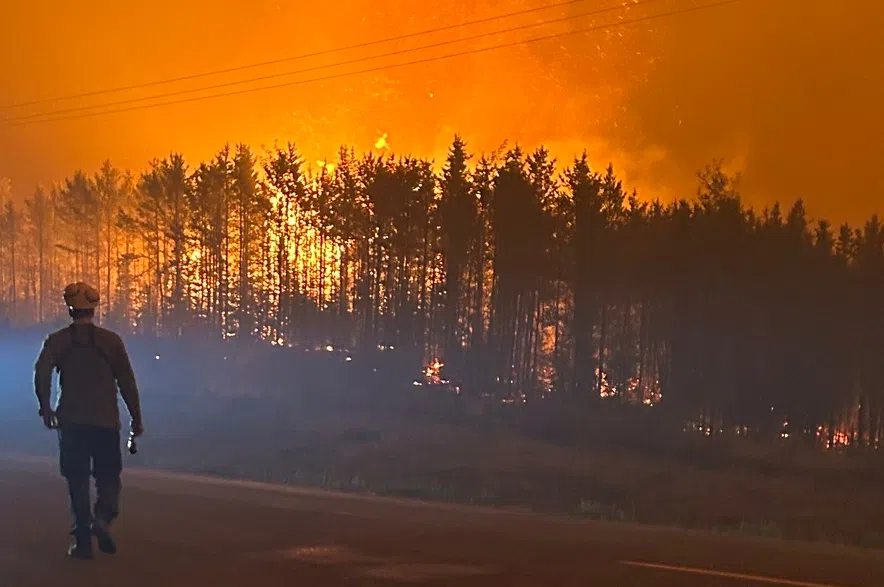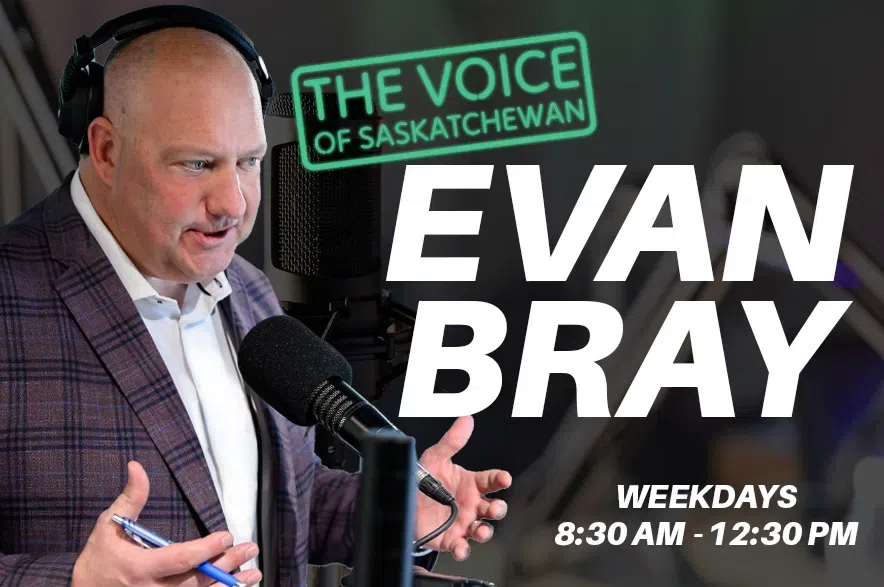Saskatchewan Public Safety Agency (SPSA) said in its update on Sunday that its crews have started to inspect areas such as Pelican Narrows and La Ronge to see if they’re safe enough for evacuation orders to be lifted.
SPSA President Marlo Pritchard said there were between 10,000 and 15,000 evacuees in the province as of Sunday.
Read more:
- Sask. Crown Corporations working to deal with wildfire damage
- Rain, favourable winds in Candle Lake, Shoe Fire still 11 km away
- ‘Blessed and thankful’: Batoche opens doors to Saskatchewan wildfire evacuees
He said the SPSA anticipates that around 400 values have been lost, including equipment, boats, trailers, lodges and homes and verification teams will start assessing damages this week.
“We know Denare Beach is probably the community that was hardest hit. East Trout Lake was also another community (where) cabins and RVs were hit,” Pritchard said.
He said that within the next 72 hours, crews will be assessing risks around evacuation orders.
“We’re also … making sure that the critical infrastructure — whether that be water, sewer power — are on and whether there are any safety concerns around fallen trees or smoke,” he said.
“We continually work with those communities to best determine when those evacuation orders can be lifted.”
Pritchard said most evacuees from the hamlet of Weyakwin have returned home after its evacuation order was lifted earlier this week.
Pritchard said the recent rainfall has provided much needed relief to firefighters, adding that all fires had received some and areas in the west received the most precipitation.
“But we cannot slow down, and we’re not going to slow down. This is a time where we can take advantage of this small window of opportunity. (The rain) gives us and our firefighter partners a small window of taking the fight directly to these fires while their intensity is lower.”
Pritchard took the time to call on community leaders to get the names of trained, qualified Type 3 firefighters for SPSA to reach out to in order to supplement its Type 1 and Type 2 responders.
“Right now we’re working on setting up camps and those logistics supports that we need to take on Type 3s as we continue to move into the coming week,” he said.
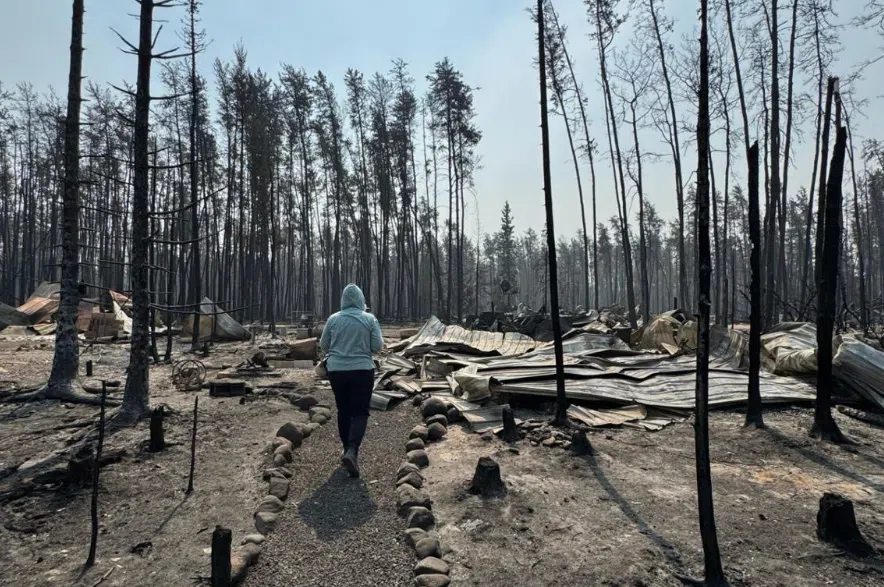
Every cabin at Trout Lake, about 150 kilometres north of Prince Albert, was destroyed by the Shoe Fire. (Carla Beck/Facebook)
Cabin owners at East Trout Lake feel abandoned, says NDP
Saskatchewan NDP Leader Carla Beck said in a statement on Sunday that after meeting with members of the East Trout Lake Community Board feel abandoned after the Shoe Fire ravaged the community in late May.
Every cabin at Trout Lake, about 150 kilometres north of Prince Albert, was destroyed, as well as First Nations traplines.
“Since the fire, cabin owners and others in the region have received no information, no outreach, and no indication of what steps — if any — are or will be taken to support recovery,” Beck said in a Facebook post.
“This lack of communication has only compounded the trauma. We are calling on the provincial government to acknowledge the scale of this loss, to communicate transparently with those affected, and to deliver a coordinated, timely recovery plan.
“The community has lost everything. They should not also have to fight for a response.”
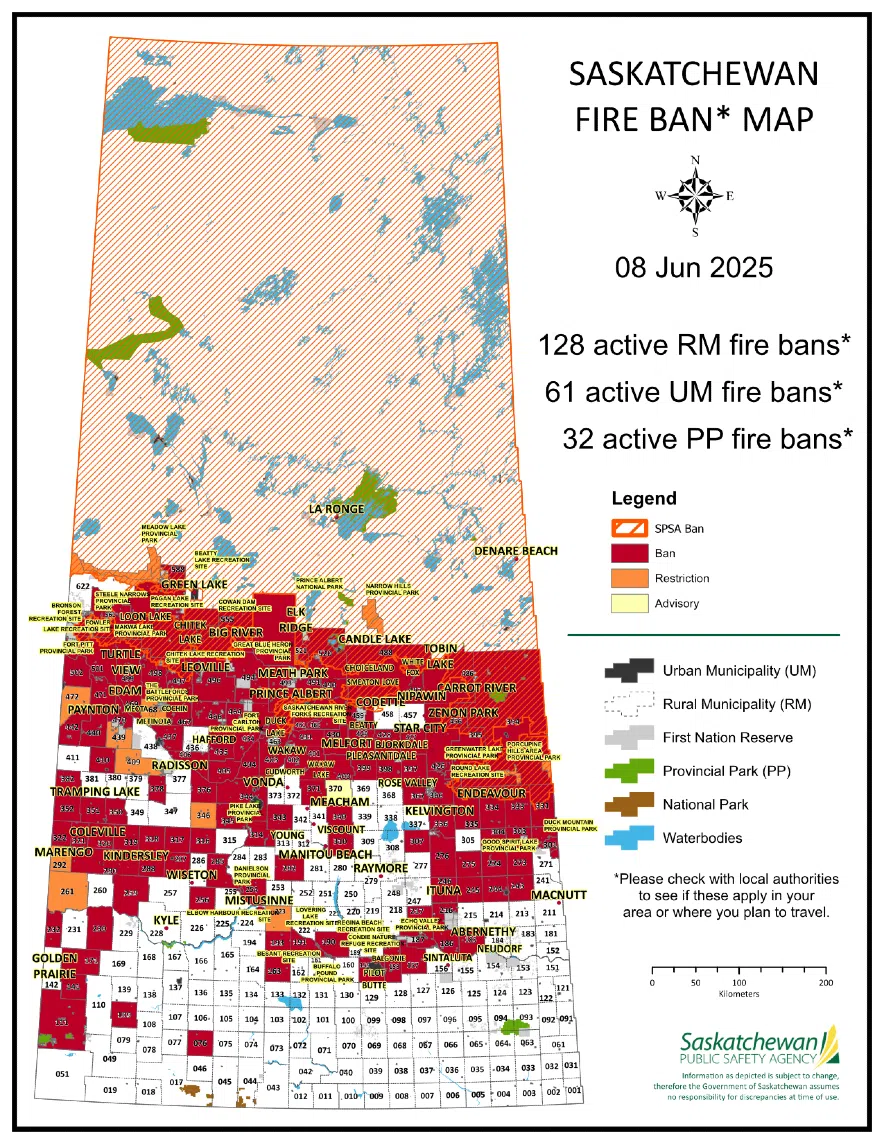
Fire bans in the province on June 8, 2025. (Saskatchewan Public Safety Agency)
Wildfire report for June 8
There were 24 active fires burning in Saskatchewan on Sunday.
Saskatchewan Public Safety Agency (SPSA) said in its daily report on June 8 that six of those blazes were not contained, while another 12 of the fires were under ongoing assessment and firefighters were protecting values in two. Four fires were considered contained.
Contained means suppression action is taking place and the fire is not expected to grow in size, ongoing assessment means the fire is being monitored regularly to assess risk to values in the area and not contained means suppression action is taking place but the fire is expected to grow in size, according to SPSA. Protecting values means a fire is active and action is focused on protecting things like cabins and infrastructure.
As well, fire bans are active in 61 urban municipalities, 128 rural municipalities and32 provincial parks in the province, with the fire danger considered high to extreme over the majority of the province.
SPSA says there have been 254 fires in Saskatchewan so far in 2025. The five-year average to date for Saskatchewan wildfires is 143.
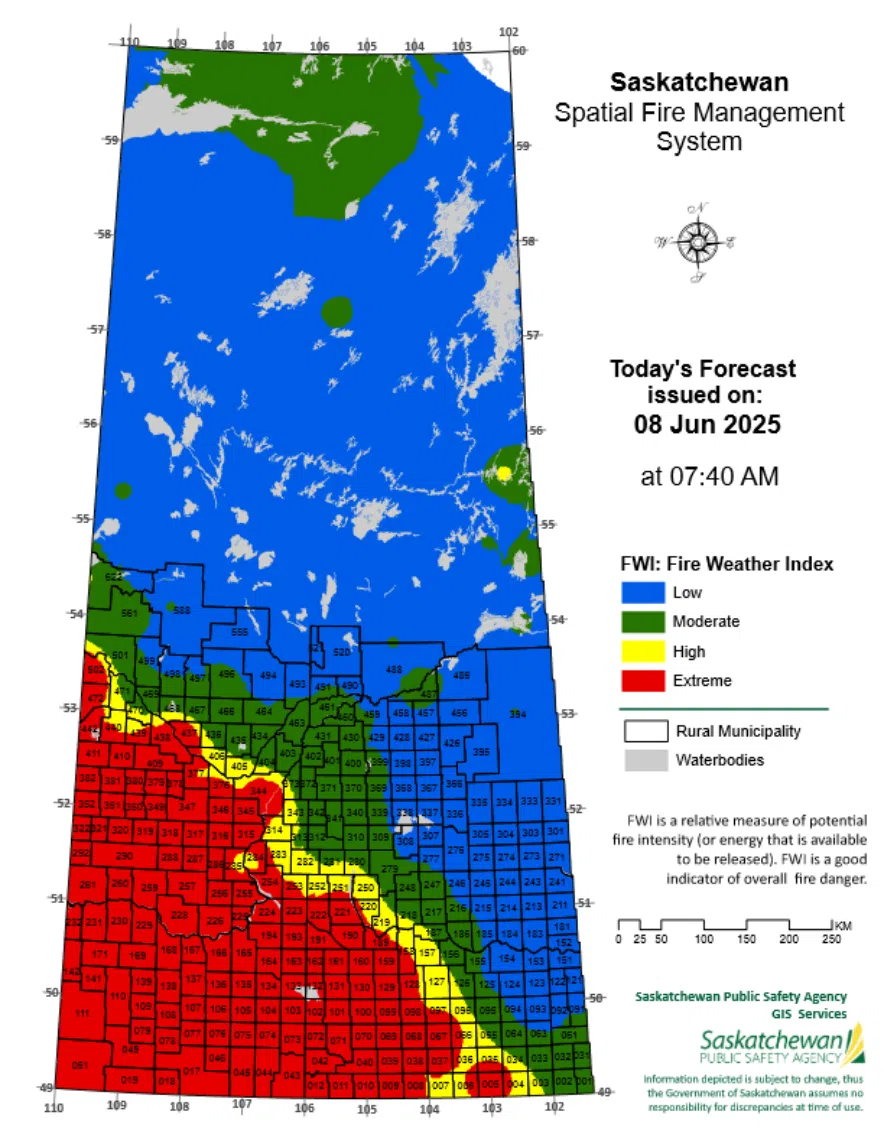
Fire risk in the province on June 8, 2025. (Saskatchewan Public Safety Agency)
— with files from Daniel Reech
Read more:
